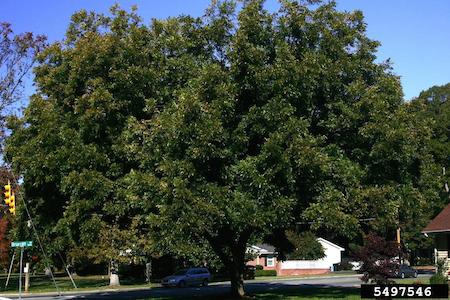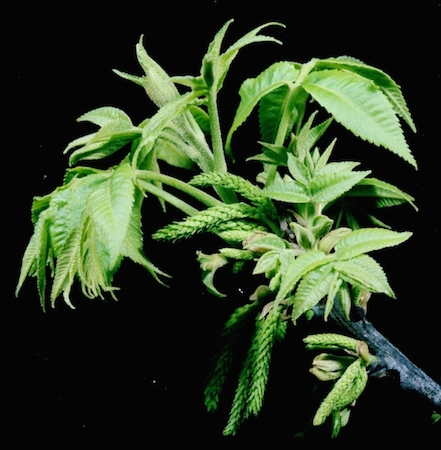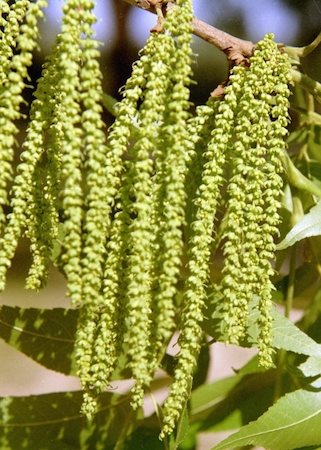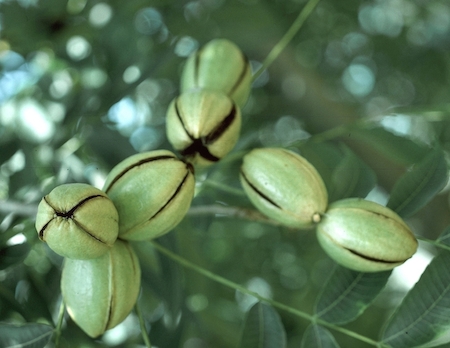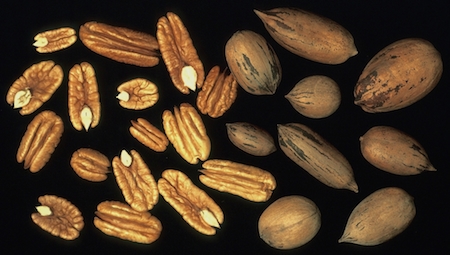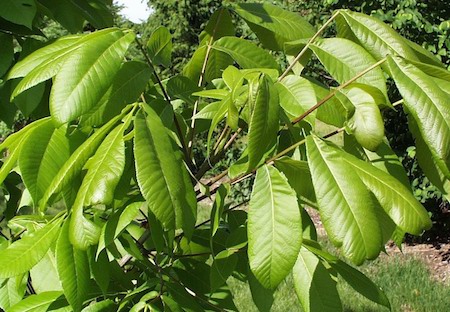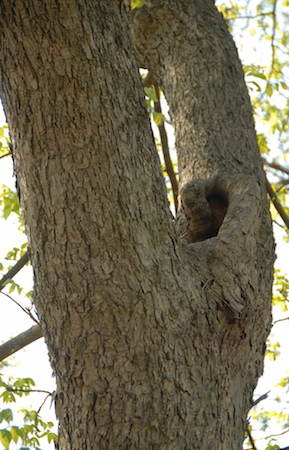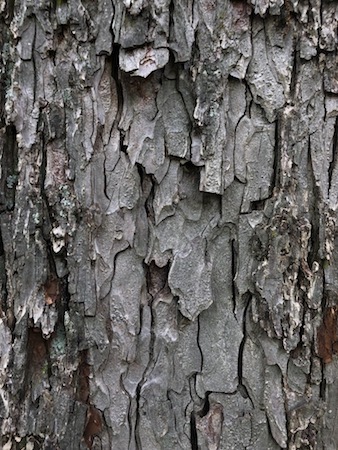Pecan
Specifications
- Latin (scientific) name: Carya illinoinensis
- Life expectancy: 200 years
- Height: 94 feet
- Circumference: 15 feet
-
The height and circumference measurements listed above are for the largest-known pecan tree in Atlanta. This tree is located on private property in south DeKalb County.
-
Special characteristics:
The pecan is in the walnut family. What these trees have in common, the walnut, hickory, and pecan, is of course the tasty kernel inside the fruit. What makes the pecan much more attractive as far as eating is the thin shell. Here’s a shell you can crack without the aid of a hammer. In fact, you can crack a pecan one-handed just by squeezing two of them together in one hand! If you are well practiced, you’ll end up with two halves intact, which makes for a real bite-sized snack.
-
Annoyance factors:
It’s the nuts, of course. They can be 1-1/2 to 2-1/2 inches long.
-
Fun Facts:
How do you say pecan? There’s pea-can. That’s how a lot of southerners say it. Then there is pea-cahhhhhhan. That’s how some northern folks say it. They are both right. It’s just a telling dialect indicator.
An average tree can produce around 500 pounds of pecans a season. Some seasons it can produce twice that much. That’s called a heavy mast. It usually happens every three years or so.
How do you get the nuts down? If you are a commercial business with a grove to harvest, you’ll use a mechanical shaker. It’s a machine mounted on a tractor that literally shakes the heck out of the tree.
At home, you can throw a stick into the branches. That’s a good way if you don’t want to climb. You can throw a line over a branch and shake it too. That works really well. Make sure you have a sheet or tarp to spread on the ground for easier collection. The nuts are highly nutritious, with lots of energy- producing oils of the good kind.
-
Photo Credits:
Tree: T. Davis Sydnor, The Ohio State University, Bugwood.org
Bark: Peter Jenkins, TreeInspection.com
Leaf: Paul Wray, Iowa State University, Bugwood.org
Flowers1 and 2: Clemson University - USDA Cooperative Extension Slide Series, Bugwood.org
Nuts (green) & 2 (mature): Jerry A. Payne, USDA Agricultural Research Service, Bugwood.org

